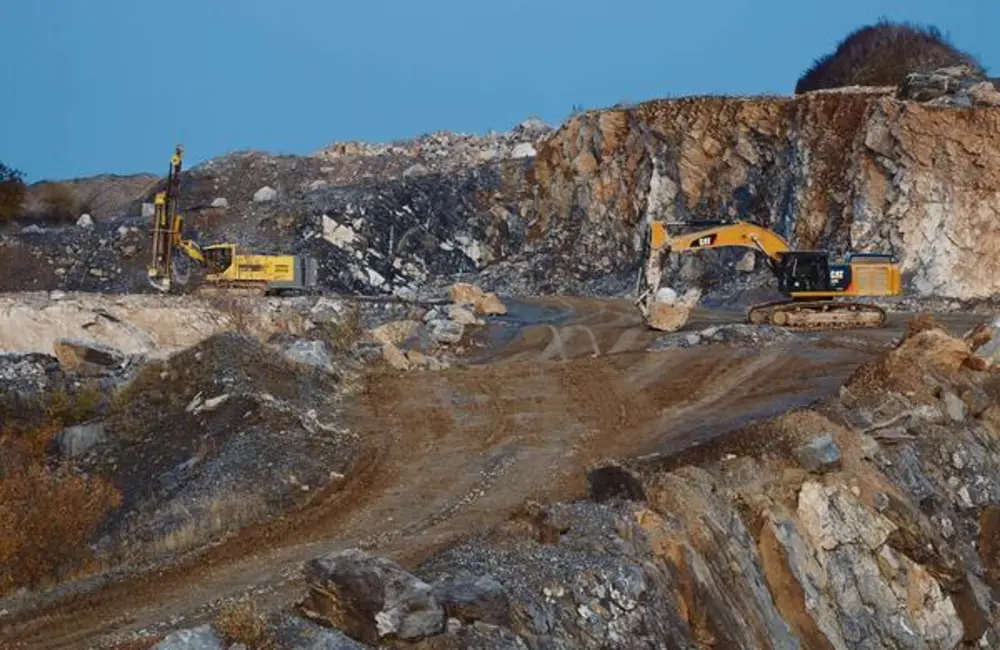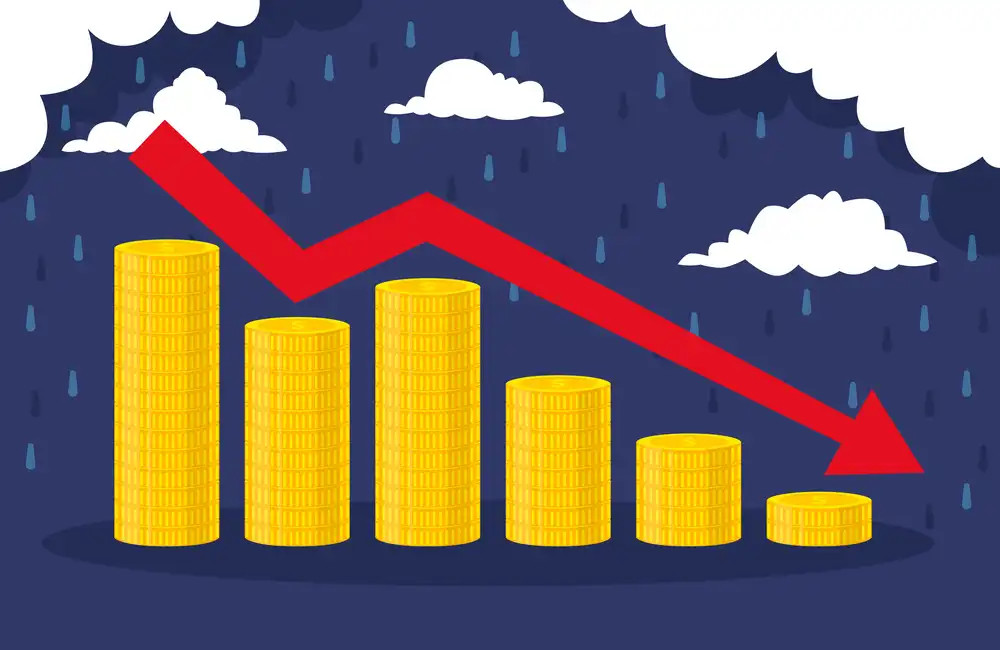Capital at risk. The value of investments and the income from them can go down as well as up and are not guaranteed. The amount initially invested may not be recovered by the investors. Brush back losses that have crept in this summer after gains so far in 2023. In particular, prices have decreased for those commodities perceived to be linked to global economic growth. That includes metals like iron ore, steel, and copper. 1 But we think the structural arguments for mining companies remain intact.
The short-term sell-off has been driven by concerns of global recession. Such fears are justified, as surging interest rates and inflation weigh on economic growth. The immediate sell-off was ignited by weakness in China; specifically, the Chinese property sector, and continuing, economically damaging restrictions as the government clings to its zero-Covid policy.
Also, profits in the mining sector have been beset by rising input costs, from higher oil prices to rising wage rates and higher raw material input costs and supply chain issues. These have weighed on share prices in the near term and may continue to hit results in the second half of this year.
Longer-Term Strength
Still, we think any commodity price weakness will probably be short-lived. Now China is emerging from the other side of this. New data for the manufacturing sector has indicated that it is beginning to expand again. It will have eased monetary policy and signaled support for the property sector and infrastructure spending.
To be sure, there are strains elsewhere in the global economy, but many commodities face structural forces that are likely to underpin demand even if the economy weakens. The Ukraine crisis has led to more emphasis on energy independence, for one thing, hastening the plans of governments worldwide to boost energy supply from alternative sources. We believe the mining sector will play a vital role in the years to come in providing materials needed for lower-carbon technologies, such as wind turbines, solar panels, and electric vehicles.
Demand for commodities is also being buoyed by broader global infrastructure needs. Infrastructure development is gaining top priority in most countries to enable efficient usage of available resources. The US Inflation Reduction Act that was passed in August spoke to tens of billions of dollars of green energy infrastructure spending, with the one-time infrastructure bill that preceded it also including charging infrastructure for electric vehicles as well as enhancements of rail service and other transport networks. This is evidence of the prioritization of infrastructure by governments.
Supply Constraints
Demand comes amid limited supply. The management teams of mining companies are still focused on capital discipline, having learned their lesson on adding supply too quickly in past commodity cycles. Likewise, for some commodities, especially copper, we observe that mines are aging, producing less and less each year, which means mining companies must run to stand still. More supply may come through in the longer term, although there is visibility on demand. Yet it will take a while for any additional spending to filter through into new supply, given how complex it is to bring new mining projects on stream. Meanwhile, feeble supply and vigorous demand will probably ensure prices remain high for several commodities and prop up the mining sector.
Mining Companies
Mining companies are in good financial shape these days, with plenty of free cash flow. That is assisting them in withstanding cost pressures. Almost all mining companies have healthy balance sheets. That gives them flexibility at a tricky moment.
Of course, there are risks. Mining firms tend to work in tough sections of the planet, and geopolitical tensions are heating up, not only with the outbreak in Ukraine but also between China and the U.S. The countries where there is uncertainty around the mining code and high political risk are the ones we try not to invest in. Good governance is critical, and we only invest in companies we believe in the management team.
This environment offers two additional reasons to think about mining. We think mining equities are an excellent hedge to portfolios against persistent inflationary pressures. It is the market environment that few sectors can flourish in, but it has been the mining sector's area of strength.
And also – and allowing for the relative strength of mining shares since the beginning of the year – shares remain, in our view, good value relative to other sectors and their own history. Hopefully, this will underwrite buybacks and future dividend payments.
The short-term headwinds that have stalled mining shares in recent months are weaker than structural drivers now lined up to start playing a bigger role in the second half of 2022 and beyond. And even though global growth might be weaker, the world is in a transition, and that is then likely to support the mining sector.




















